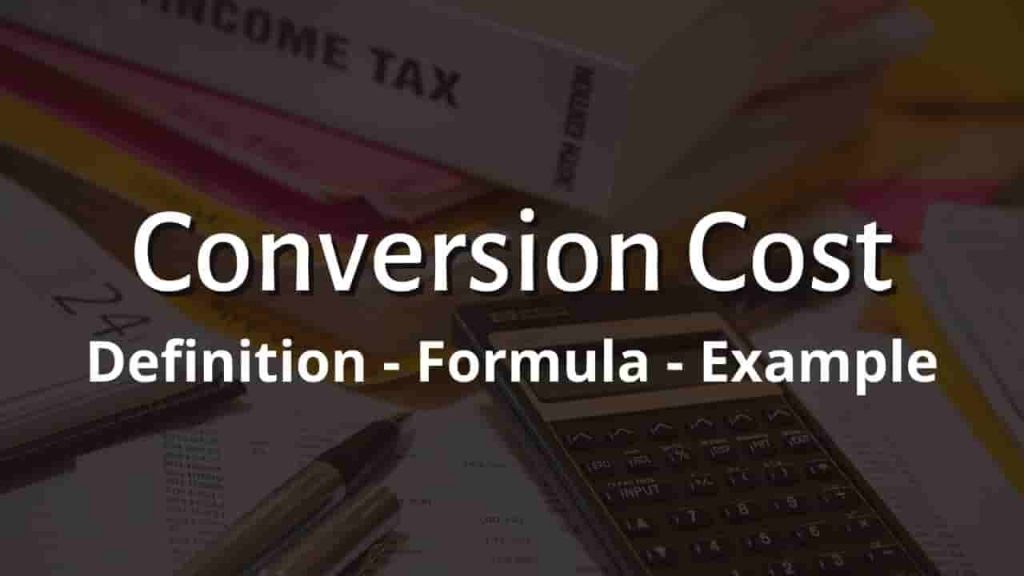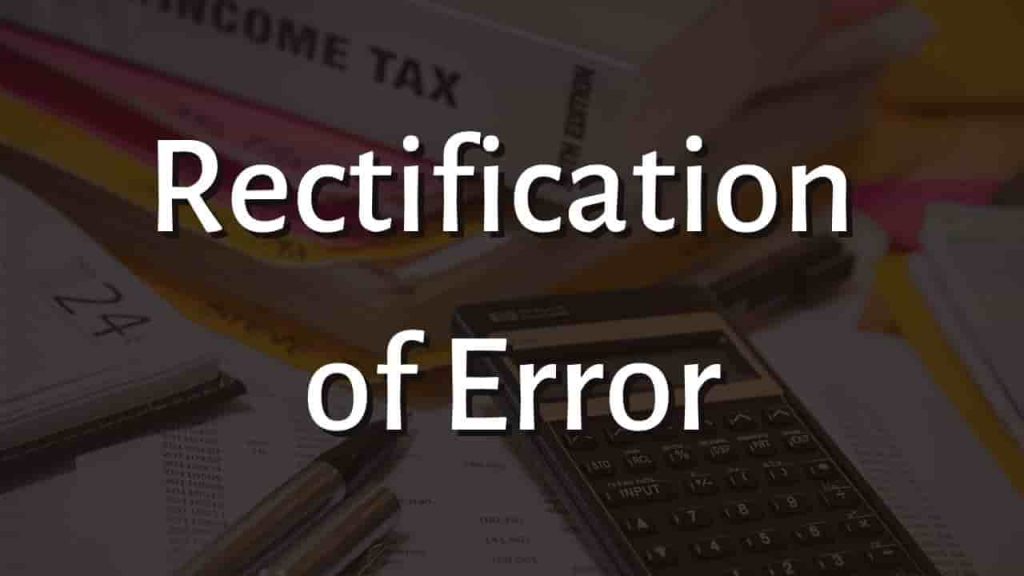Compound Interest
When you put money in a savings account or a similar account, you normally get interest on the amount you put in. For example, if you put $1,000 in an account with a 1% annual interest rate, you will get $10 in interest after a year.
Compound interest is the interest earned on interest. In the above example, you would receive 1% on $1,010, or $10.10 in interest payments in year two. Compound interest boosts interest earnings, allowing your money to grow faster. As time goes on, you’ll receive interest on ever-increasing account balances that have increased thanks to interest gained in previous years. Compound interest may lead your interest earnings to grow fast over time and help you develop wealth.
Compound Interest Formula
Following is the formula for calculating compound interest
A = P { 1 + (r/n) }nt
To use this calculation, enter the following variables:
A= The whole amount you’ll receive.
P= The principle is your initial deposit.
r = the yearly interest rate in decimal form.
n= the annual number of compounding periods (for example, monthly is 12, and weekly is 52).
t= the period of time (in years) it takes for your money to compound.
How Does Compound Interest Works
It’s worth noting that the schedules for compounding interest and paying out interest may differ. A savings account, for example, may pay interest monthly but compound it daily. The bank will compute your interest earnings each day based on the account balance plus any interest earned but not paid out.
The higher an account’s interest rate and the more often it is compounded, the more interest you will receive over a certain time period. To demonstrate how compounding works, we’ve provided the compounding interest calculation below, as well as a few instances of how compounding influences profits.
A = P { 1 + (r/n) }nt
To use this calculation, enter the following variables:
A= The whole amount you’ll receive.
P= The principle is your initial deposit.
r = the yearly interest rate in decimal form.
n= the annual number of compounding periods (for example, monthly is 12, and weekly is 52).
t= the period of time (in years) it takes for your money to compound.
You have $1,000 that earns 10% compounded monthly. How much money will you have in 15 years?
A = P { 1 + (r/n) }nt
A = 1000 (1 + [.1 / 12]) (12 x 15)
A = 1000 (1.0083333…) 180
A = 1000 (4.45389)
A = 4453.89
After 15 years, you’d have $4453.89 in your pocket. Because of rounding, your final figure may differ somewhat. The first $1,000 is your original deposit, and the remaining $3453.89 is interest. This is the magic of compound interest.
Why Is Compound Interest Such An Important Notion For Investors?
Compound interest is the phenomenon that permits tiny quantities of money to develop into big amounts of money over time. To fully benefit from the power of compound interest, investments must be allowed to grow and compound over extended periods of time.
How to Benefit from Compound Interest
There are a few ways that ordinary people might benefit from compound interest.
1. Start Saving Early.
Time is what gives compounding interest its strength. The longer you keep your money in a savings account or in the market, the more interest it will earn. The longer your money is in the account, the more compounding may occur, which means you can earn interest on your interest.
2. Examine The APY
The higher an account’s interest rate, the more interest you’ll receive from the money you put into it, and the more compound interest you’ll earn. While the basic interest rate is useful, the annual percentage yield (APY) is a preferable statistic to consider.
3. Determine The Frequency Of Compounding
When comparing accounts, don’t merely look at the annual percentage yield (APY). Take a look at how often they compound interest. The more frequently they combine, the better. When two accounts with the same interest rate are compared, the one with more frequent compounding will have a higher APY, which means it will pay more interest on the same account balance.
4. Deposits
Withdrawals and deposits can both have an impact on your account balance. Allowing your money to grow or adding new deposits to your account on a regular basis will work best. When you remove your money, the benefit of compounding is reduced.
Importance of Compound Interest
Compound interest accelerates the growth of your money. It causes an amount of money to grow more quickly than simple interest since you will get returns on the money you invest as well as returns at the conclusion of each compounding period. This implies you won’t need to save as much money to achieve your goals!
When it comes to accumulating money, the power of compounding may be invaluable. The sooner you create an interest-bearing account and begin putting money aside, the more money you will make through compound interest. It is also critical in mitigating wealth-eroding causes such as growing living costs, inflation, and a loss of buying power.
Compound Interest Vs Simple Interest
The manner in which interest accumulates distinguishes simple interest from compound interest. Simple interest is solely calculated on the principal balance, whereas compound interest is calculated on both the principal balance and the accumulated interest.
When you borrow money, simple interest works to your advantage, but compound interest works better for you as an investor. Simple interest is preferable as a borrower since you are not paying interest on interest. Debt repayment is simpler with simple interest. Compound interest can help you accumulate wealth over time since your earnings earn money as well.
For more click here and if you are looking for full forms of different acronyms and words then check out this list you really gonna find this helpful. We also have an Essay on every topic, Check the complete list here. If you are Studying in Matric Free Video Lectures of Maths, Physics and English are here, and we have got you covered for I.COM Business Maths also.







